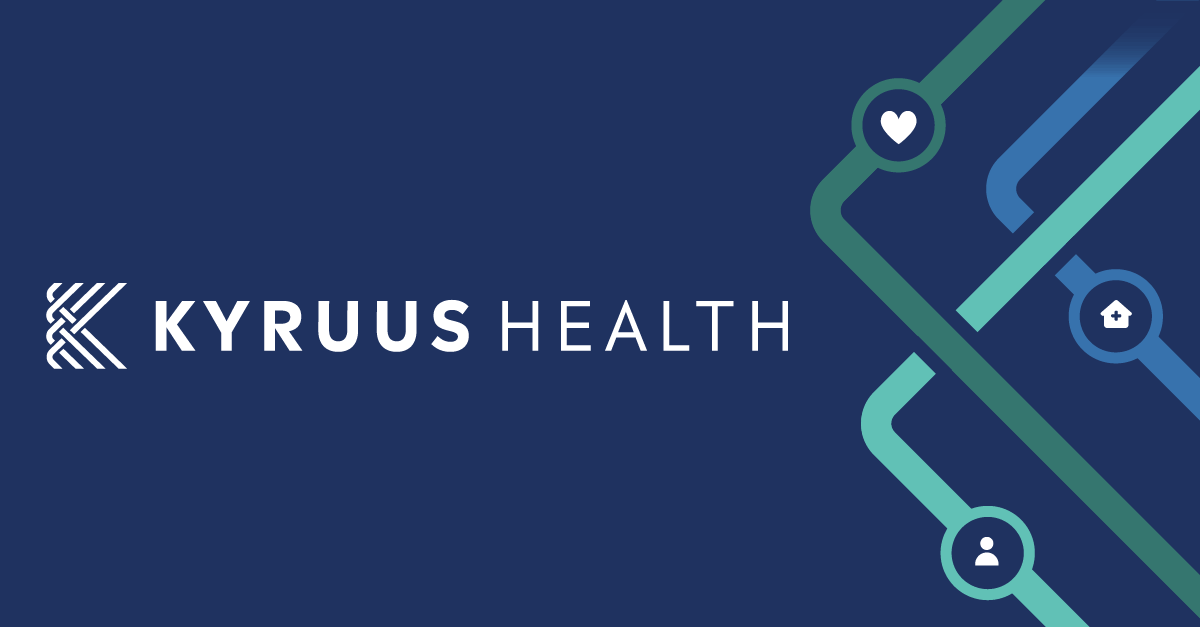Increasing patient satisfaction is about more than just providing good clinical care; it’s about improving the entire patient experience. For a healthcare practice, focusing on satisfaction isn’t just a courtesy—it directly leads to better health outcomes, higher patient retention, and increased revenue. Patients with better care experiences are more likely to adhere to treatment plans and recommend your practice to others.
What Factors Affect Patient Satisfaction?
There’s not one finite definition of patient satisfaction, but the Agency for Healthcare Research and Quality (AHRQ) refers to it as whether a patient’s expectations about a health encounter were met. Basically, it’s about whether or not a patient is happy about the care he or she received. It’s a little different than A patient experience, which is based on what should happen during their appointment — and whether that actually occurred.
There are a variety of factors throughout the healthcare journey that have the potential to affect patient satisfaction, and understanding them is crucial for any provider. These factors consist of expectations of care, communication with and responsiveness of the provider and his or her staff, pain management, cleanliness, and timeliness of phone calls, appointments, and test results. Would you believe there’s research that found that even the attire of a physician and his or her staff can have an effect on patient satisfaction?
The Perks of Patient Satisfaction
Having an irritable patient or ones who seem to complain about every little thing can be frustrating for any medical group. Your practice can’t make every patient happy all the time — but it can, and should, try.
Failing to promote patient satisfaction can be costly for your practice. Industry estimates put the loss of a patient due to dissatisfaction at more than $200,000 in income over the lifetime of a practice. And that’s for just one patient!
Achieving high levels of patient satisfaction, on the other hand, offers myriad advantages for your practice. For example, patients with better care experiences often have better health outcomes and are more likely to adhere to medical advice and treatment plans. This is especially beneficial for patients with chronic conditions.
On the revenue side, patient satisfaction influences providers’ reimbursement rates. Therefore, favorable patient satisfaction rates result in higher reimbursement rates and greater market share.
Your medical group’s finances can also be positively affected by patient satisfaction through building loyalty, which in turn helps boost retention and attracts new patients through word-of-mouth referrals. You’ll enhance your practice reputation, leading to patients being more likely to show up for their appointments.
This probably won’t surprise you, but patient satisfaction has the potential to make your practice employees happier at work. Not only do patients more satisfied with their healthcare help increase the productivity of your staff, thereby reducing turnover, but research also shows that physicians with more satisfied patients tend to experience less burnout.
Easy-to-Implement Methods for Boosting Patient Satisfaction
So, just how are you supposed to achieve and maintain high levels of patient satisfaction — beyond a friendly introduction and a clean waiting room? Check out our five easy-to-implement recommendations for making your patients happier.
1. Reduce Patient Wait Times
This strategy immediately addresses one of the biggest sources of patient frustration, as 97% of patients are frustrated by long wait times. High wait times are a key factor in low satisfaction scores and can even cause patients to switch providers. You can improve this by analyzing and optimizing your patient flow, from check-in to check-out. A key solution is offering digital check-in, which allows patients to complete paperwork ahead of time, minimizing time spent in the waiting room.
2. Focus on Clear and Empathetic Communication
Effective communication builds trust and ensures patients feel heard and respected, which is a cornerstone of a positive experience. This goes beyond the provider and includes every staff interaction. To improve communication, your practice should:
- Be attentive to nonverbal cues.
- Use clear, simple language and avoid complex medical jargon.
- Always allow time for patients to ask questions.
- Use the patient’s preferred communication channel (like text messages) for reminders and instructions.
3. Provide High-Quality Patient Education
This strategy empowers patients and manages their expectations by ensuring they fully understand their health and treatment plan. When patients have a clear understanding of their condition, they are more likely to have realistic goals and adhere to medical advice. Be mindful of health literacy levels and potential language barriers. Using visual aids, offering assistance with forms, and speaking in plain language can make a huge difference. Don’t forget to take these social determinants of health (SDOH) into account when communicating with your patients.
4. Deliver Genuinely Patient-Centered Care
This approach makes patients active participants in their own care, which has been shown to improve health outcomes and reduce unnecessary procedures. Patient-centered care involves a true partnership between the individual and the provider. It requires leadership commitment, a supportive work environment for clinicians, and actively involving patients and their families in care decisions.
5. Actively Collect and Use Patient Feedback
This strategy provides direct insight into what your practice is doing well and where it can improve. You can’t fix problems you don’t know exist. Use a combination of methods to gather feedback, such as formal surveys (like CAHPS®), automated surveys sent via text after a visit, or simply asking staff to share comments they hear from patients. Acting on this feedback shows patients that you value their opinion. Patient feedback enables medical groups and other healthcare providers to understand what’s expected of them.
6. Offer Modern Digital Health Tools
This strategy meets the modern patient’s expectation for convenient, consumer-friendly healthcare experiences. Digital tools like online scheduling and digital check-in give patients more control and flexibility. These resources streamline practice efficiency, improve access to care, and demonstrate that your practice is committed to providing a modern, high-quality patient experience.



